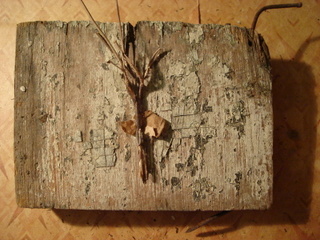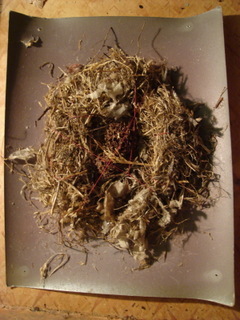by G.L. Ford
What little I know about cabinets of curiosities comes from pulp novels and the collections of such places as the National Museum of Natural History in Dublin, which sets out row after row of case after case in room after room of stuffed, dead things. Though museums may, in their strict taxonomical cataloguing, be much more meticulous in their organization than the cabinets that were their origin, both have in common an instinct to hoard – to remove or save objects and creatures from the passage of time, in which they ordinarily subsist.
Having grown up with an incorrigible hoarder for a father, I’ve always understood the urge to hold onto the things I find fascinating. Most of those things, though, are better described as events, and small events at that: movements of light or air or paper on the street – nothing for the history books, but good enough, maybe, to try and capture in a poem. Words serve to fix these moments, the better to examine them, to walk around them, trying to determine what sorts of things they might be.
About ten years ago, I started to collect actual things. That I can tell, things are defined by the fact that they’re temporary: that they’re going to fall apart and, eventually, disappear. That much they had in common with the moments I tried to collect in poetry. Objects, however, fool you; most of the time they look solid, almost permanent. Juxtaposing things that are in obvious states of decay against each other has been my way of finding, in things, an equivalent of that disappeared moment of the poem.
It’s a hoarding of a different sort, I like to think. I don’t hope to educate the masses about the wonders of nature. Nor do I intend to make a monument to anything. I take things I find on the street, tie or glue or stitch them together, and see what they look like. I like to think that I learn from them, but it could be that I just like drawing attention to the ways in which things fall apart.
One of my little constructions bears a superficial resemblance to something that might have a home in a cabinet of curiosities or a museum. It started off as a bird’s nest I found on the street in Berkeley in 1999. A wind, probably, had blown it to the ground. Woven through it were strands of jasmine; I could still smell the flowers. When I moved back to New York, it was battered somewhat when I allowed it to take a minor role in a play rehearsal, but its demise as a mere nest came about thanks to my sister’s prying cat, which knocked it from its perch atop a bookshelf. I suppose that its age and relative brittleness account for the fact that this fall, not its initial one, made it fall apart. Rather than just toss it in the trash, I glued it to an old piece of photographic paper, placed a couple of spiny seed pods into it, and stitched it to the paper with red string. Now it has a second life as one of my object collages (as I sometimes call them). But that life will probably be fairly short as well.
The thing is, I don’t make these constructions to last. They fall apart; I remake them from month to month, year to year, combining pieces of one with those of another. After a while, they’ll completely break down and go back to being just junk. In the meantime, I’ll hoard them up, look at them, watch them pass.
Now go here.
G.L. Ford's poems can be seen in the Poetics section here. He is a founding member of the Ugly Duckling Presse (uglyducklingpresse.org) collective and co-edits its 6x6 poetry periodical. His own work has appeared in such places as The Brooklyn Review, Can We Have Our Ball Back, Moon City Review, and Carve. His biography of novelist Kathy Acker appeared in Notable American Women: A Biographical Dictionary: Completing the Twentieth Century (Harvard University Press).











